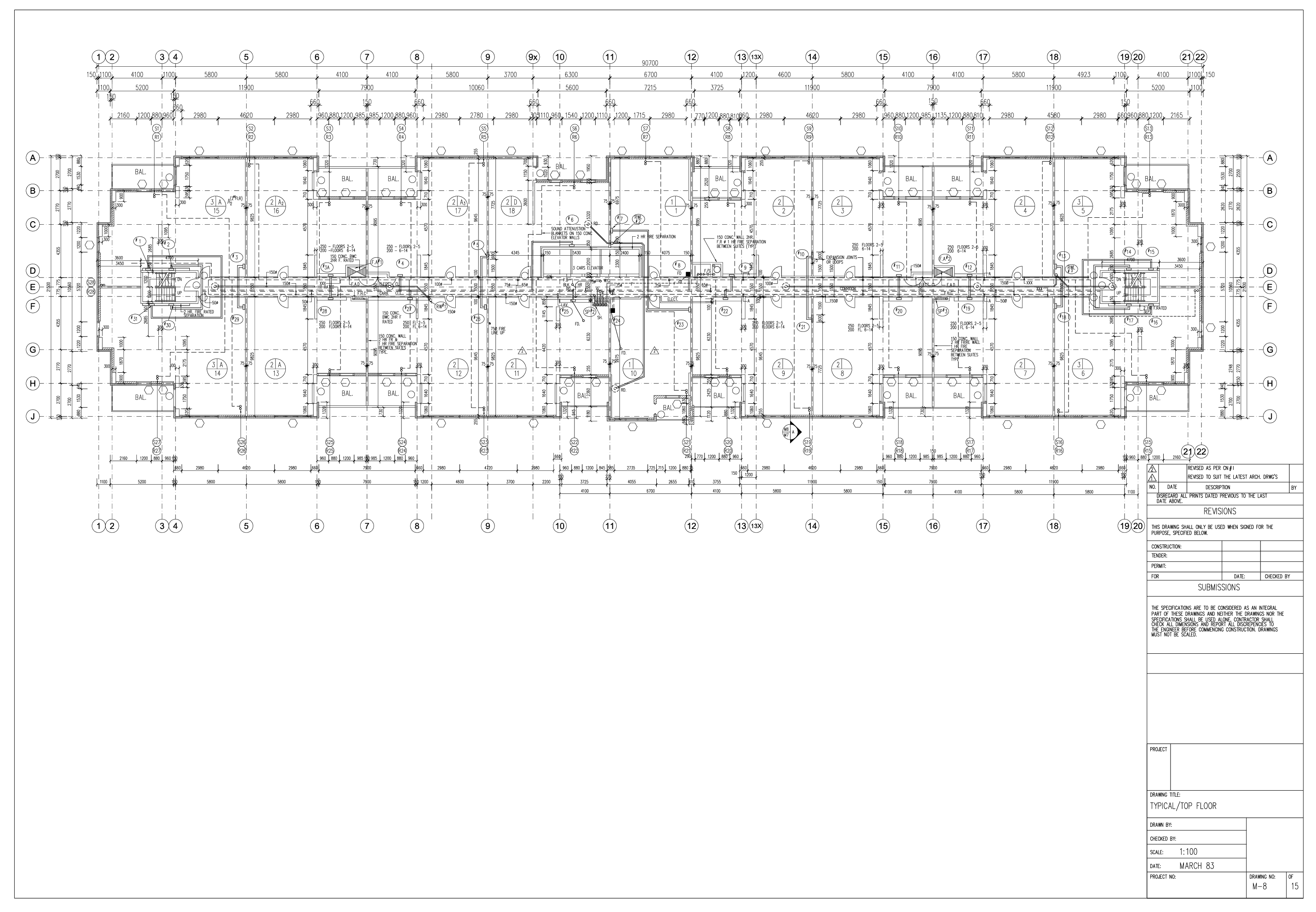P113-dugalic.pdf - 116 With the Software Quality Standards the programming standards are defined same as development/testing standards that are accorded throughout the project. Download our aia cad standards eBooks for free and learn more about aia cad standards. These books contain exercises and tutorials to improve your practical skills, at all levels!

The National CAD Standard v. 3.1 is supported where possible in. AIA Standard.ctb: AEC. To simulate the effect of a blue lead pencil from manual. CAD Standards employs architecture. Accurate and error-free CAD drawings support GSA's Computer. CIFM is the use of CAD and associated software.
Command And Conquer Red Alert 2 Portable on this page. Centinel, you are right that the key style DOES NOT contain all the layers that ADT creates automatically out of the box. For example, A-Wall-Comp and A-Wall-Patt are automatically created when you draw certain wall styles, but are not listed in the layer key style. As a workaround I just created a drawing with hopefully most of the layers by going through the tools and inserting instances of a lot of styles and Design Center content. This process added maybe 30 layers but I bet I missed some.
It would be nice to have a comprehensive list because it is essential for creating a good office standard plot style table (.ctb). I can not say I have checked every single wall style that ships with ADT, but A-Wall-Patt and A-Wall-Comp sound like remnants from an ADT3.3 or earlier wall style. With the introduction of Materials in ADT2004 and a major overhaul of the way wall styles are set up, the out-of-the-box content moved away from layer-specific components, excepting the screened Display Representations [and even there, it is all on one layer, not separate layers for each component]. Contoh Drama Komunikasi Intrapersonal. That said, yes, there can be layers defined in the Display Representations that do not have layer keys in the Layer Key Style. -- David Koch Autodesk Discussion Group Facilitator.
I assume that you know how to look for a file. The program does not ship with a Drawing Standards file with all of the layers that ACA might create. The LKL AutoLISP routine that was posted will generate all of the layers defined in the current Layer Key Style. Sony Tc-788-4 Manual here. As noted, this may not represent all of the layers that may be created by ACA and the content files that ship with it, because there could be embedded layers in some object styles or Display Representations that are not Layer Keyed.
But it would get you a good deal of the way there. Once you have a drawing with all of the layers, you can save it as a Drawing Standards file (DWS extension). After loading the LKL.lsp file, at the Command prompt, type LKL and press ENTER.
The program should do its thing and then the following alert message should appear: Select OK to dismiss the message and you are done. Note that the layer key generate function that LKL uses will not overwrite any layers that already exist in the file, so if you already have a layer whose name matches one in the Layer Key Style, the local definition will remain, unchanged, even if the local layer's properties (color, linetype, etc.) are different from that specified in the Layer Key Style. Once you have all the layers you want in the file, with the desired properties set, you can save the file as a Standards File. On the Application Menu (large red origami ' A' in the upper left corner, select the far right part of the Save As split button (the part with the arrow icon) and then select the Drawing Standards tool from the cascading menu.
Select a location for the file where those who need to access it can do so and give the file a meaningful name. It will be saved with a DWS extension. Cindy.iedema wrote: I am trying to get this to work but am unable to open it properly. Is there a special way one needs to open the File LKL.LSP in order to bring the layers in cause I've tried four times and it doesn't do anything at all. What version of ACA are you using?
The previously posted version will only run on ADT 3.3 through ACA 2015. I have updated the file to work on ACA 2016 and 2017 as well, and have attached a ZIP file containing that version (v1.4). As for getting it to run, first you have to unzip the file and extract the LKL.lsp file within. That file then needs to be loaded into AutoCAD Architecture. There are a number of ways to do so; the easiest is to start AutoCAD Architecture, open the file in which you wish to run LKL, making it the currently active drawing, open an instance of Windows Explorer, navigate to the location where you have extracted LKL.lsp and then left-click-hold-and-drag the LKL.lsp file, moving the cursor from Windows Explorer to a position over the drawing canvas of the active drawing and releasing the left mouse button.
Once loaded, type LKL at the command prompt and then press the ENTER key, and the command should run. You should see the alert dialog shown in Post #12 above, indicating that the command is complete. As noted previously, and in that alert dialog, any previously existing layers that have the same name as a layer defined in the current Layer Key Style will remain as it was previously defined, even if it has different layer properties (color, linetype, etc.) from those defined in the Layer Key Style. This is consistent with the way Layer Keys work in AutoCAD Architecture.